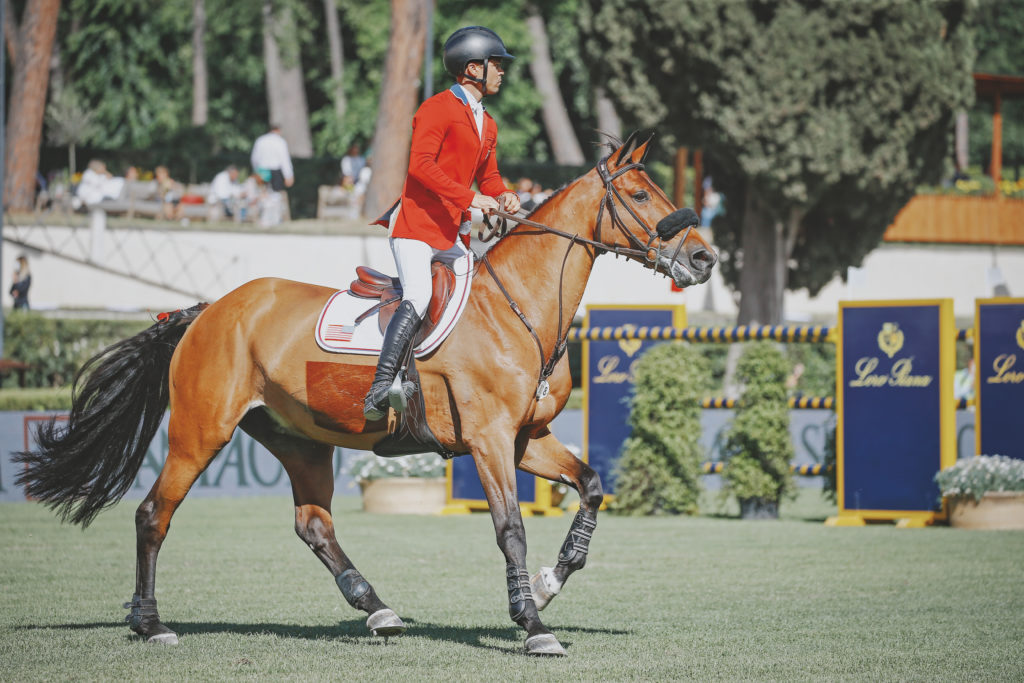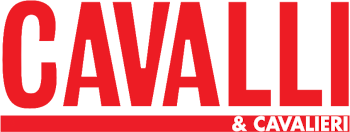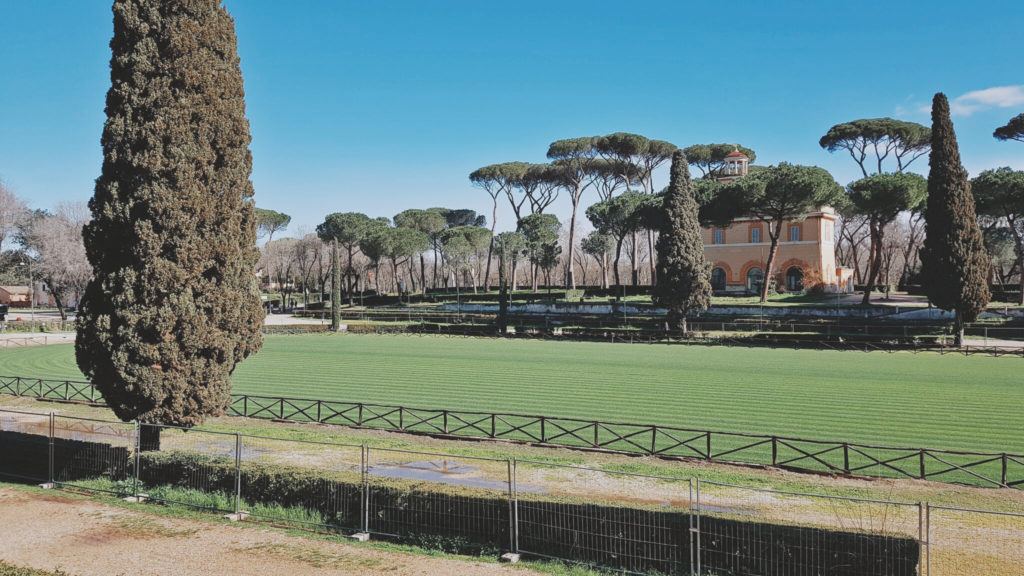The horse’s barycentre
According to recent and very precise studies (F. Buchner, S. Obermuller and M. Scheide, Università Veterinaria di Vienna, 2000) the position of the horse’s barycentre is to be found about a hand below its withers, a few centimetres towards its tail. This position confirms at a scientific level the intuition of my instructors at Pinerolo who placed it precisely there.
But the most interesting element that emerged from these extremely serious studies (carried out on twelve horses of different sizes and with different qualities) is that the position identified varies only by a few millimetres in every direction also when horses are in movement.
It therefore becomes absolutely clear that a horse asked to perform a significant sporting effort (jumping, galloping, springing forward, performing a tight turn etc.) can act and comply quickly and precisely on one condition and that is that our barycentre too is always in the same position. Always!
Every variation of our barycentre, our stable balance, creates a real problem for the horse. This is certain even if we weigh 70 kg while the horse’s weight amounts to 600 kg.
This is why winning riders must have a steady balance, with no impractical movements that are in any case an additional problem for the athlete-horse, subjected to various efforts and difficulties. It is necessary to forget and retract what one at times hears from rather uneducated instructors using words such as: ‘Stay behind the horse!’ or ‘Raise your hands!’, ‘Hands up high!!’ Or advice that is even worse, demanding that riders should move their shoulders back when jumping down-hill cross country. This is 19th century equestrianism and with no rationality at all.
Rigorous stability, however, as well as a rational seat, as well as an essential continuous grip to the mass of the horse, are indispensable conditions for having ‘good hands’.
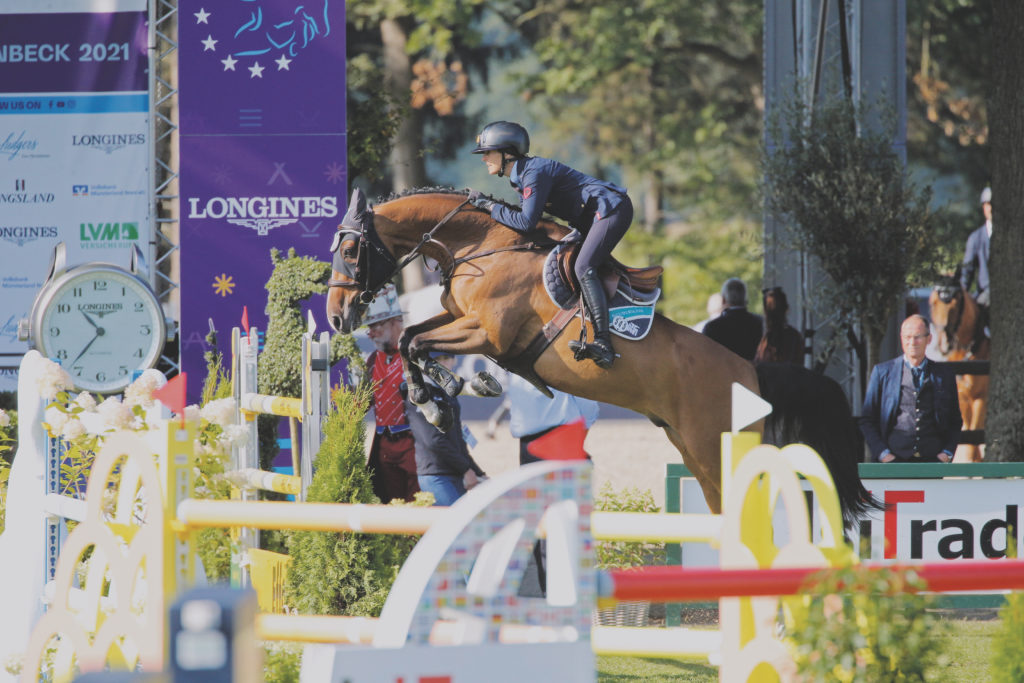
Good hands
What do these words and this concept mean? They mean many things and there are a few below.
They mean that so as to be balanced in the saddle one must not need help from our reins.
They also therefore mean that the reins are needed to transmit our intentions to the mind of the horse: our reins are the connection between two brains.
This also therefore means that our hands, through the reins, do not express strength (hence annoyance or pain) but only ideas. All this also means that only the horse has the right to express significant strength through the reins.
This therefore means that ‘good hands’ know how to receive, manage and use this strength, this energy, without bothering or inflicting pain on the horse’s mouth. Having good hands also means knowing how to indicate the direction the athletic effort should take together with the seat’s tiniest movements without harsh or annoying actions.
As a goal for being a winner this means adding our small strength to that of our horse’s great strength through stable and continuous togetherness with it.
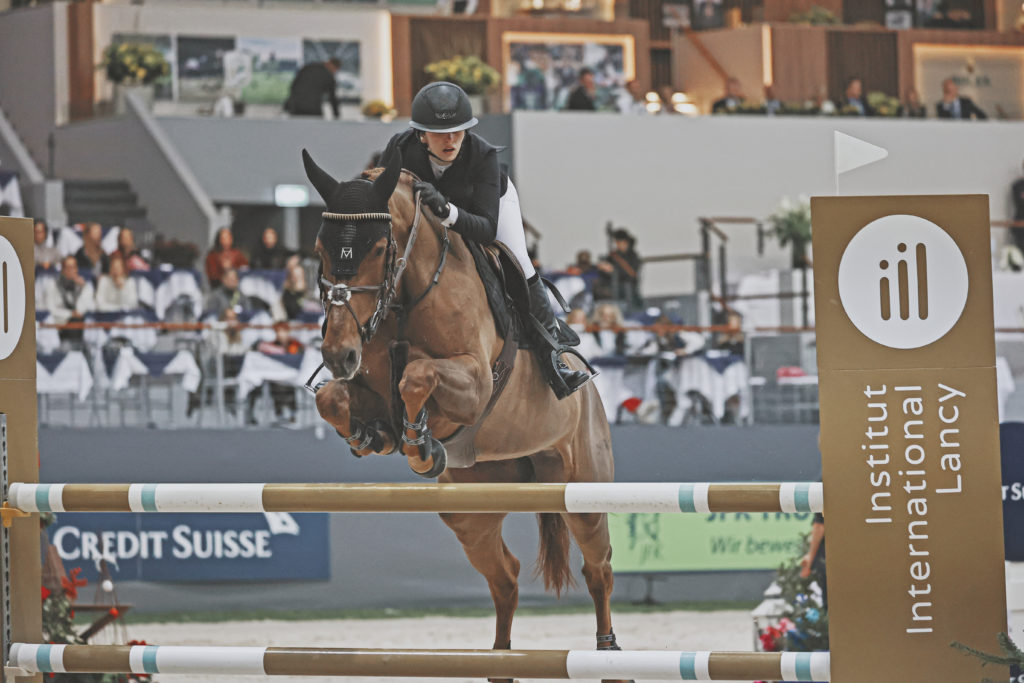
Master horses and riders
There will certainly be some who will object saying: ‘But this is poetry, philosophy, not equestrianism!’ That is true. But real horsemanship, the sort that is morally acceptable and the most winning sort (luckily!) is precisely the one based on this philosophy, the one that that during the same years Federico Caprilli sensed and theorised in France while General Hotte did the same in France. In order to support this way of understanding equestrianism I can quote many events, victories and sporting results achieved by great riders and instructors, confirmed today by high jumping training techniques used by human athletes.
These events have involved many great champion horses, which in the hands of ignorant and primitive people never managed to express positive and useful sporting aptitude; they behaved like outcast, unfaithful servants, dull, unsuccessful actors. Then, having come into the hands of intelligent and sensitive men, they became equestrian ‘stars’. In different decades, such horses included Trebecco ridden by Tommaso Lequio, Nasello ridden by Filipponi, Mirtillo ridden by Graziano Mancinelli, Merano ridden by Raimondo d’Inzeo, Flambeau ridden by Frederic Cottier and others, as well as some ridden by me. To support this concept of equestrianism, I would like to make even those who are sceptical understand that every normal and healthy horse can perform formidable athletic gestures, if it wants to, if it enjoys playing these games with us, if it feels ready. Some blindingly obvious examples are provided by many small horses, even ponies, that have been formidable winners such as our own Pagoro, Great Britain’s Stroller and France’s Jappeloup.
All this if they trust us, if they see us as friends and sporting companions, if we form a team! As is correct and rational it is a well-trained and respected horse, ridden by a well-coached and competent rider.
